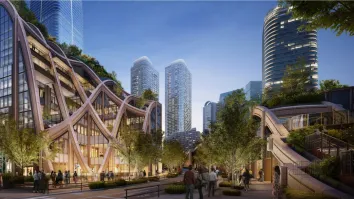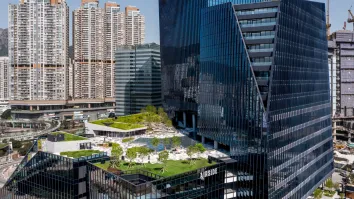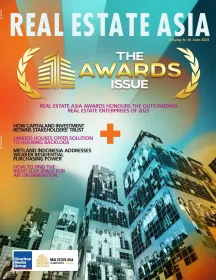Hybrid work fuels shift to premium offices in Asia
The demand for high-quality and flexible office spaces rises.
The demand for premium office spaces in Asia Pacific is surging as companies adapt to hybrid work models and seek to attract top talent. This shift is reshaping the region's commercial real estate market, with firms increasingly opting for modern, amenity-rich work environments that support both in-office and remote work.
James Taylor, Head of Work Dynamics Research at JLL in Asia Pacific, noted a significant trend among companies upgrading from older office spaces to newer, more sophisticated workplaces. “Corporations across all APAC markets are moving towards higher quality workplaces,” he said. “This upgrade demand is underpinning a lot of the market activity at the moment.”
Flight to quality drives market dynamics
The movement towards high-quality office spaces, often referred to as a "flight to quality," is particularly evident in major cities such as Tokyo, Singapore, and Sydney. Mike Davis, Managing Director of Occupier Services at Colliers in Asia Pacific, highlighted that this trend is being driven by companies' desires to create environments that enhance employee retention and recruitment.
“Demand for premium workspace in major cities is rebounding,” Davis explained. “Occupiers across the region are willing to pay higher rentals for better quality offices and amenity-rich locations. This is creating upward pressure on office rents across the region.”
While hybrid work models continue to shape office occupancy rates, the Asia Pacific region is experiencing a stronger return to office compared to Europe and the US. This regional difference is contributing to a rise in occupancy levels and, consequently, higher rents.
Hybrid work has also accelerated the demand for flexible office spaces that cater to a mix of in-office and remote working needs. Tim Armstrong, Global Head of Occupier Strategy and Solutions at Knight Frank, emphasised the market's shift towards spaces that offer flexibility, sustainability, and advanced technology.
“Hybrid work has really sped up the direction towards better quality spaces,” Armstrong said. “There's a growing preference for flexible office spaces that can be easily adapted to different needs, including co-working spaces and offices that can be reconfigured.”
The focus on sustainability is becoming a critical factor in real estate decisions. According to Davis, 60% of corporate real estate leaders prioritise sustainability when making property decisions, reflecting a broader trend towards environmentally friendly and technologically advanced buildings. “The focus on sustainability and technology will continue to be crucial in attracting occupiers and investors,” he added.
Navigating a complex market
The commercial real estate landscape in Asia Pacific is becoming increasingly complex, with companies weighing the benefits of flexibility against long-term commitments. While some firms are opting for longer leases to secure immediate cost savings, others prioritise nimbleness in their real estate strategies.
“Many companies are prioritising flexibility in their real estate portfolios to adapt to market fluctuations and evolving organisational needs,” Davis said. “Those willing to commit long-term are often seeing landlords offer concessions to secure these commitments.”
Looking ahead, Taylor believes the office will remain central to corporate strategy in Asia Pacific. “Almost one in two corporations are mandating a return to the office for all employees in APAC,” he noted. “However, firms will continue adjusting portfolios to align with business and talent objectives, with a continued focus on quality.”
As the region approaches its 2030 sustainability targets, the pressure to secure high-quality, green-certified buildings is intensifying. “Green building certifications are non-negotiable for many corporations now,” Taylor said. “The opportunity for landlords lies in retrofitting older buildings to meet these standards, or risk facing obsolescence.”
APAC’s commercial real estate market is expected to evolve into a two-speed market, with strong demand for high-quality, “A-grade” spaces and softer demand for lower-grade properties. Armstrong forecasts continued growth in lower-cost markets such as India and Manila, where real estate and talent costs are more competitive.
“Asia is fundamentally well-positioned, but we will see divergent performance between different market segments,” Armstrong concluded. “A-grade properties will thrive, while B-grade markets may struggle to attract demand.”


















 Advertise
Advertise


